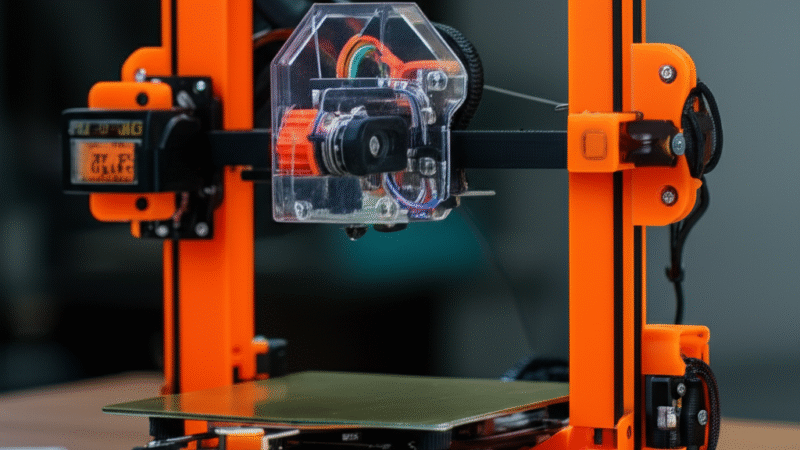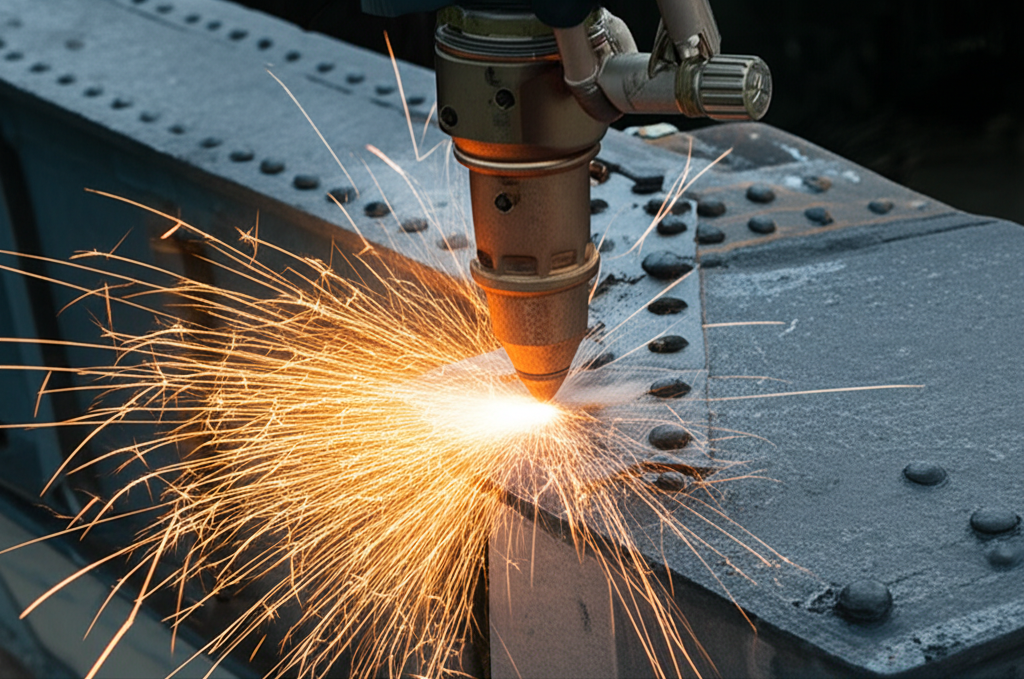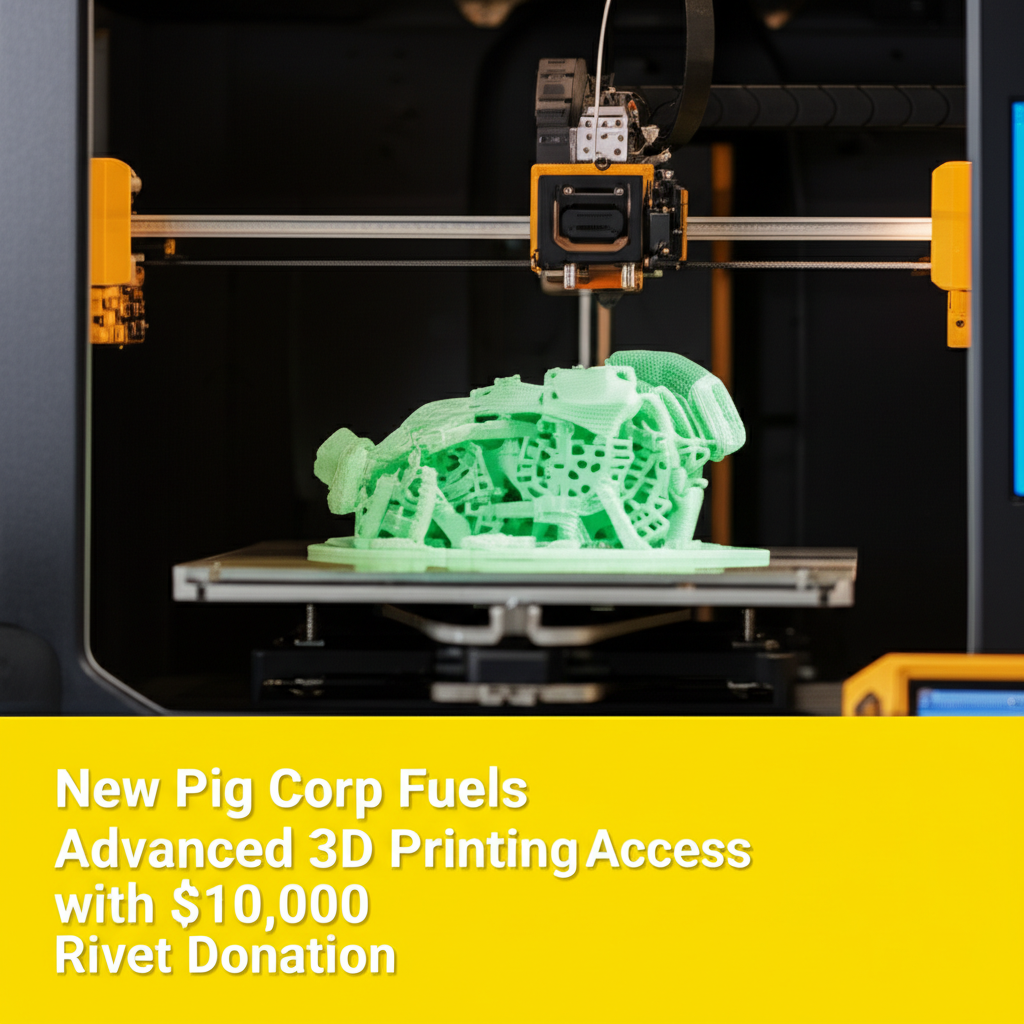CNSA’s Successful Lunar Mission with Experimental 3D Printed Storage Tank
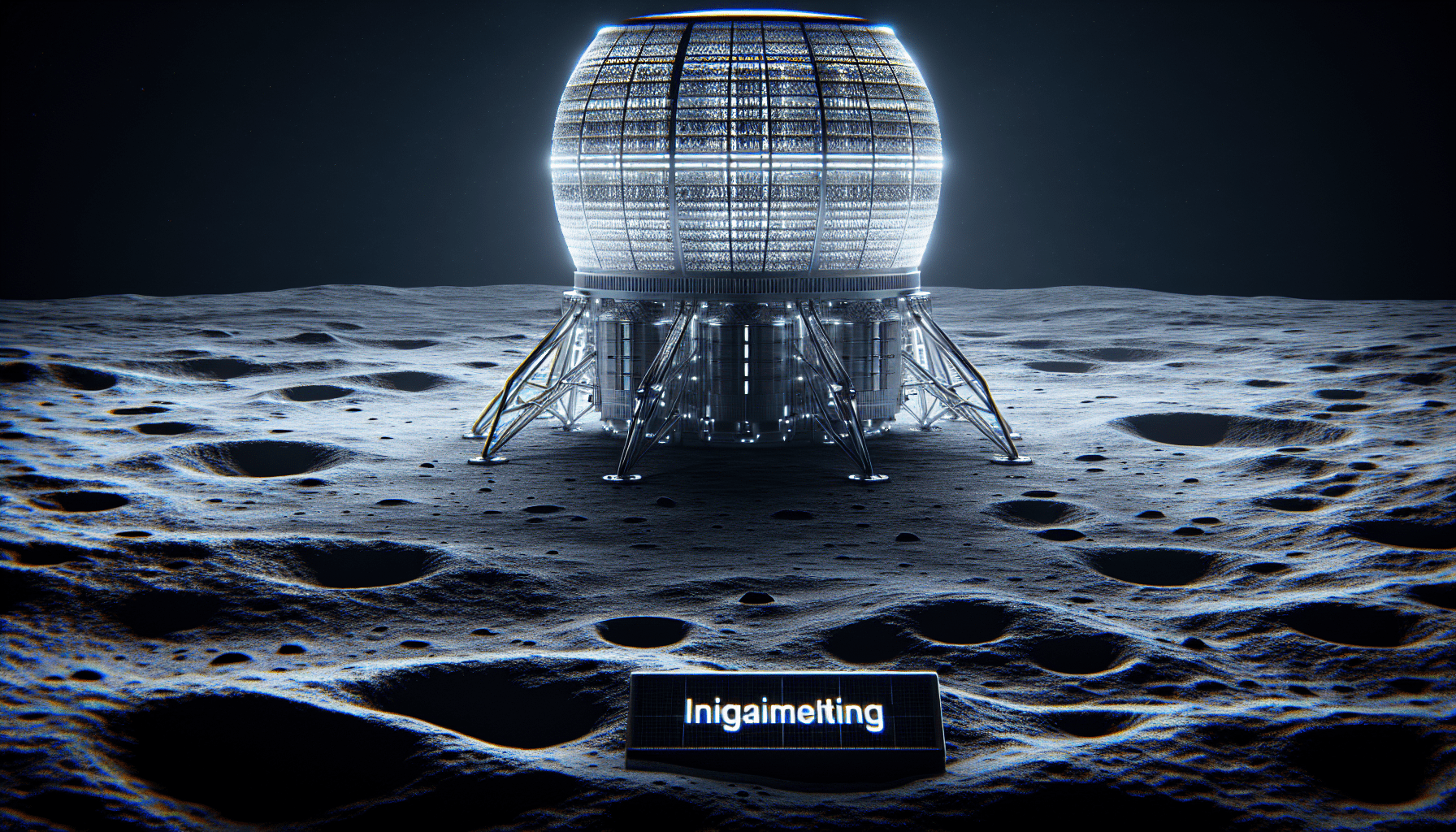
AOSEED 3D Printer for Kids, Beginner 3D Printer with 8 PLA Filament Set, Huge Toy Library & Modify, Wi-Fi & App Control, Create STEM Toys, High Precision, W/ 15+ Mini 3D Design Module, X-Maker Joy
$279.99 (as of June 21, 2025 23:57 GMT +00:00 - More infoProduct prices and availability are accurate as of the date/time indicated and are subject to change. Any price and availability information displayed on [relevant Amazon Site(s), as applicable] at the time of purchase will apply to the purchase of this product.)The China National Space Administration (CNSA) has achieved a significant milestone in their lunar mission with the successful use of an experimental 3D printed storage tank. As part of their Lunar navigation and communications system called “Queqiao,” CNSA launched a mission to the Moon to address the communication challenges faced on the far side of the Moon, where radio signals cannot penetrate the Lunar surface. The experimental storage tank, which stored liquid ammonia used for cold gas thrusters, demonstrated its ability to withstand extreme conditions including heat, cold, high pressures, corrosion, vacuum of space, and mechanical stress. This achievement paves the way for the future use of 3D printed components in space exploration.
Background of CNSA’s Lunar Mission
The China National Space Administration (CNSA) recently launched an experimental mission to the Moon as part of their planned Lunar navigation and communications system, known as “Queqiao.” This mission aims to establish a series of relay satellites orbiting the Moon to provide communications between the ground and Earth, as well as assist with navigation. The need for such a system arises from the fact that China has landed probes on the far side of the Moon, where radio signals cannot penetrate the lunar surface, creating a radio-silent zone. By placing a relay satellite overhead, this communication challenge can be overcome.
The CNSA is currently in the development stage of the program, and missions are being conducted to test various approaches and conduct science experiments. As part of the most recent launch, two satellites were sent into space: Tiandu-1 and Tiandu-2. Of particular interest is Tiandu-2, which included an experimental 3D printed storage tank. This tank stored liquid ammonia, which was used for cold gas thrusters.
Purpose of the Queqiao System
The purpose of the Queqiao system is to enable communication between the far side of the Moon and Earth. As mentioned earlier, the lack of radio signals penetrating the lunar surface creates a challenge for communication. By establishing a series of relay satellites orbiting the Moon, the Queqiao system will act as a bridge between the Moon’s far side and Earth, allowing for seamless communication and navigation during lunar missions.
Significance of the Relay Satellite
The relay satellite plays a crucial role in the success of the Queqiao system. It serves as a communication hub, receiving signals from the lunar surface and transmitting them to Earth. Additionally, the relay satellite aids in navigation by providing essential data for spacecraft positioning and trajectory adjustments. Without the relay satellite, communication with the far side of the Moon would be nearly impossible, hindering scientific research and exploration efforts.
Overview of CNSA’s Experimental Mission
Introduction to Tiandu-2 Satellite
Among the satellites launched by the CNSA, the Tiandu-2 satellite stands out due to its inclusion of an experimental 3D printed storage tank. The Tiandu-2 satellite is part of the Lunar navigation and communications system and plays a crucial role in testing the viability of 3D printing technology in space. By incorporating a 3D printed storage tank, CNSA aims to assess the feasibility of using this manufacturing technique for space components.
Inclusion of 3D Printed Storage Tank
The inclusion of a 3D printed storage tank in the Tiandu-2 satellite marks a significant milestone in space exploration. The storage tank was designed to store liquid ammonia, which is utilized in the satellite’s cold gas thrusters. Cold gas thrusters differ from traditional hot thrusters as they rely on blowing out compressed gas rather than igniting a fuel and oxidizer mixture. By 3D printing the storage tank, CNSA seeks to demonstrate the potential of additive manufacturing in space applications and overcome the limitations of traditional manufacturing methods.
Functionality of the 3D Printed Storage Tank

$30 off $400+ Anycubic Products with code AC30OFF
Explanation of Cold Gas Thrusters
Cold gas thrusters, as mentioned earlier, work by releasing compressed gas to generate thrust. The gas used in the thrusters of the Tiandu-2 satellite is liquid ammonia. When the ammonia is released, it expands rapidly, creating a high-pressure stream of gas that propels the satellite. Cold gas thrusters provide a lightweight and efficient propulsion system, making them ideal for small satellites like Tiandu-2.
Role of Liquid Ammonia in Propulsion System
Liquid ammonia plays a crucial role in the propulsion system of the Tiandu-2 satellite. It acts as the propellant for the cold gas thrusters, providing the necessary force to adjust the satellite’s orbital attitude and trajectory. The use of liquid ammonia as a propellant offers several advantages, including its high density, low toxicity, and high vapor pressure, making it an excellent choice for space missions.

Achievement of High-Precision Orbital Attitude Control
The 3D printed storage tank’s functionality was put to the test during the Tiandu-2 satellite’s lunar orbit. The storage tank successfully provided high-precision orbital attitude control, a critical aspect of space missions. Precise control over the satellite’s position and orientation is necessary for accurate data collection and communication. The 3D printed storage tank demonstrated its capability to withstand extreme conditions while ensuring the satellite’s stability and maneuverability in space.
Conditions the Storage Tank Had to Withstand
The 3D printed storage tank in the Tiandu-2 satellite had to withstand various extreme conditions to ensure its functionality and reliability in space. These conditions include:
Extreme Temperatures (Heat & Cold)
Space is characterized by extreme temperature fluctuations, ranging from scorching heat to freezing cold. The storage tank had to endure both extremes without compromising its structural integrity and functionality. The ability of the 3D printed storage tank to withstand such temperature variations is a testament to the resilience of the additive manufacturing process.
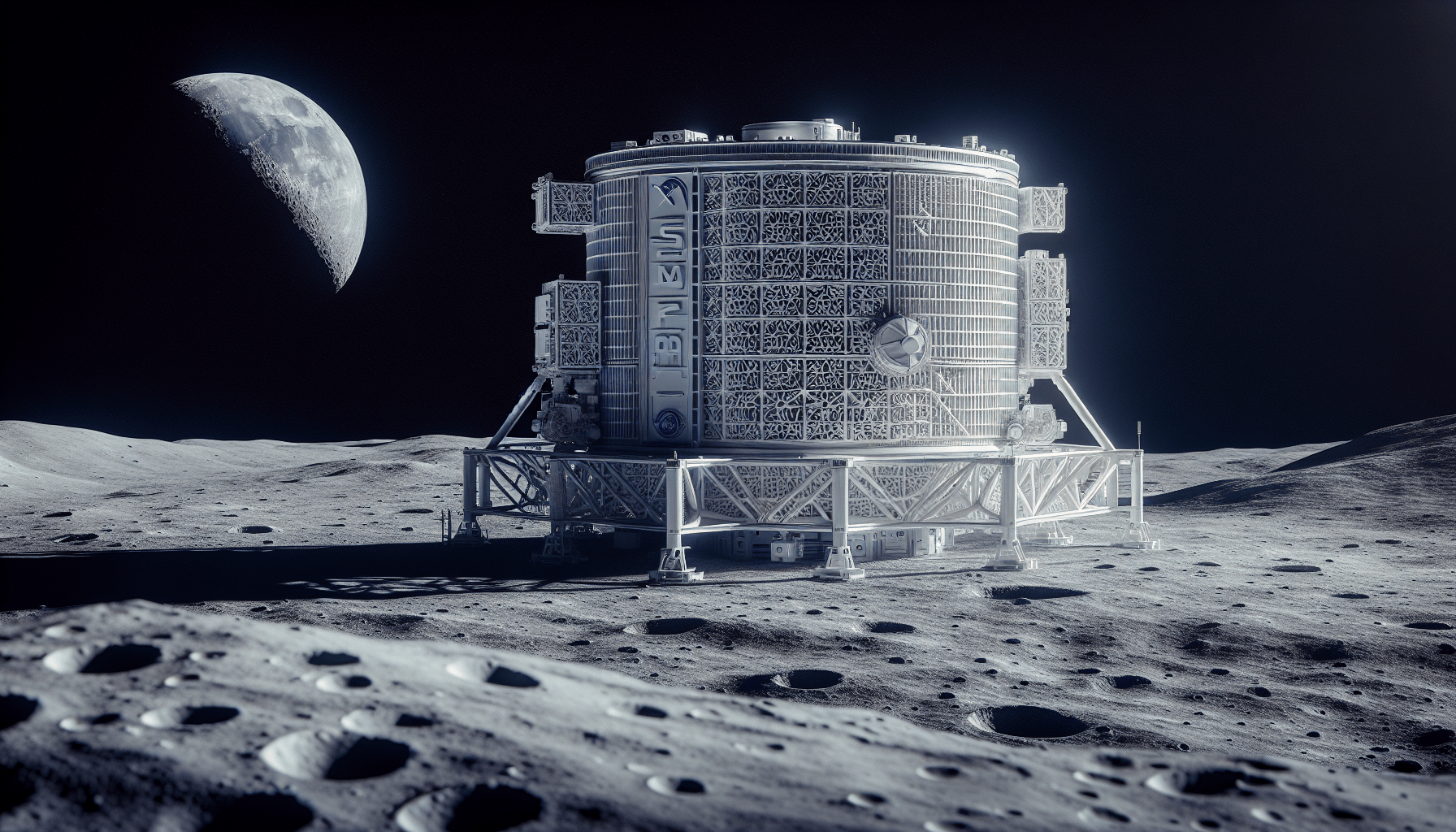
High Pressures
The storage tank housed liquid ammonia, which requires a robust container to withstand high pressures. The 3D printed storage tank successfully maintained its integrity under such pressure, ensuring the safety and performance of the satellite’s propulsion system.
Corrosion
In space, exposure to corrosive elements is a significant concern. The 3D printed storage tank had to resist corrosion caused by factors like space radiation and volatile chemicals. By withstanding these corrosive forces, the storage tank demonstrated its durability and suitability for future space missions.

Vacuum of Space
The vacuum of space poses unique challenges for any component or system. The 3D printed storage tank needed to maintain its structural integrity and prevent leaks despite the absence of atmospheric pressure. By successfully operating in a vacuum, the storage tank showcased the capabilities of additive manufacturing in space environments.
Mechanical Stress
Space missions often subject components to mechanical stress due to factors like vibration, acceleration, and microgravity. The 3D printed storage tank had to withstand these mechanical stresses without compromising its functionality. By successfully enduring such stresses, the storage tank demonstrated its resilience and reliability in space.
Success of the 3D Printed Storage Tank
Confirmation of Tank’s Functionality
The 3D printed storage tank in the Tiandu-2 satellite proved its functionality during the experimental mission. It successfully stored liquid ammonia for the cold gas thrusters, contributing to the satellite’s high-precision orbital attitude control. The tank’s ability to withstand extreme conditions and perform its intended function confirmed the viability of 3D printed space components.
Demonstration of 3D Printing Viability in Space
The success of the 3D printed storage tank in the Tiandu-2 satellite demonstrated the viability of additive manufacturing in space applications. By showing that 3D printing can produce a functional and reliable storage tank capable of withstanding extreme conditions, CNSA opened the door to the widespread adoption of this manufacturing technique in future space exploration missions.
Lack of Information about the Storage Tank
CNSA’s Transparency Compared to NASA
While the experimental mission by CNSA demonstrated the functionality of the 3D printed storage tank, there is a lack of information regarding its details. Unlike NASA, CNSA has been less transparent about the materials and manufacturing process of the storage tank. This lack of information hinders a comprehensive understanding of the tank’s design, materials, and production techniques.
Unknown Material (Metal or Polymer) of the Tank
The material of the 3D printed storage tank used in the Tiandu-2 satellite remains undisclosed. Whether it was 3D printed in metal or polymer is unknown. However, considering the extreme conditions and requirements of the storage tank, it is reasonable to speculate that a metal material was used. Metal materials offer excellent strength, thermal conductivity, and resistance to various environmental factors, making them suitable for space applications.
Implications for Future Space Exploration
Likelihood of More 3D Printed Space Components
The success of the 3D printed storage tank in the Tiandu-2 satellite paves the way for the utilization of more 3D printed space components in future missions. The ability to manufacture complex and customized parts using additive manufacturing techniques offers advantages such as reduced weight, improved efficiency, and enhanced durability. As 3D printing technology continues to advance, it is likely that more space agencies, including CNSA, will adopt this manufacturing method for their space exploration endeavors.
Wider Adoption of Custom 3D Printing in Aerospace
The success of 3D printing in the Tiandu-2 satellite’s storage tank highlights the potential for wider adoption of custom 3D printing in the aerospace industry. The ability to design and produce complex components on-demand opens up new possibilities for innovation and cost-effectiveness. As technologies like 3D printing continue to evolve, aerospace organizations may increasingly rely on custom manufacturing methods to meet their specific needs in space exploration.
Conclusion and Future Expectations
In conclusion, the 3D printed storage tank in the Tiandu-2 satellite represents a significant achievement in space exploration and additive manufacturing. The successful functionality of the tank under extreme conditions demonstrates the capabilities of 3D printing technology in producing reliable and durable components for space missions.
Looking ahead, advancements in 3D printing technology are expected to further revolutionize space exploration. The use of custom 3D printed components may become more prevalent as space agencies like CNSA recognize the benefits of this manufacturing method. By leveraging the advantages of additive manufacturing, future missions can be better equipped to overcome the challenges of space exploration and unlock new frontiers of knowledge.
Buy Photon Mono M5 Get Free 1KG Resin



